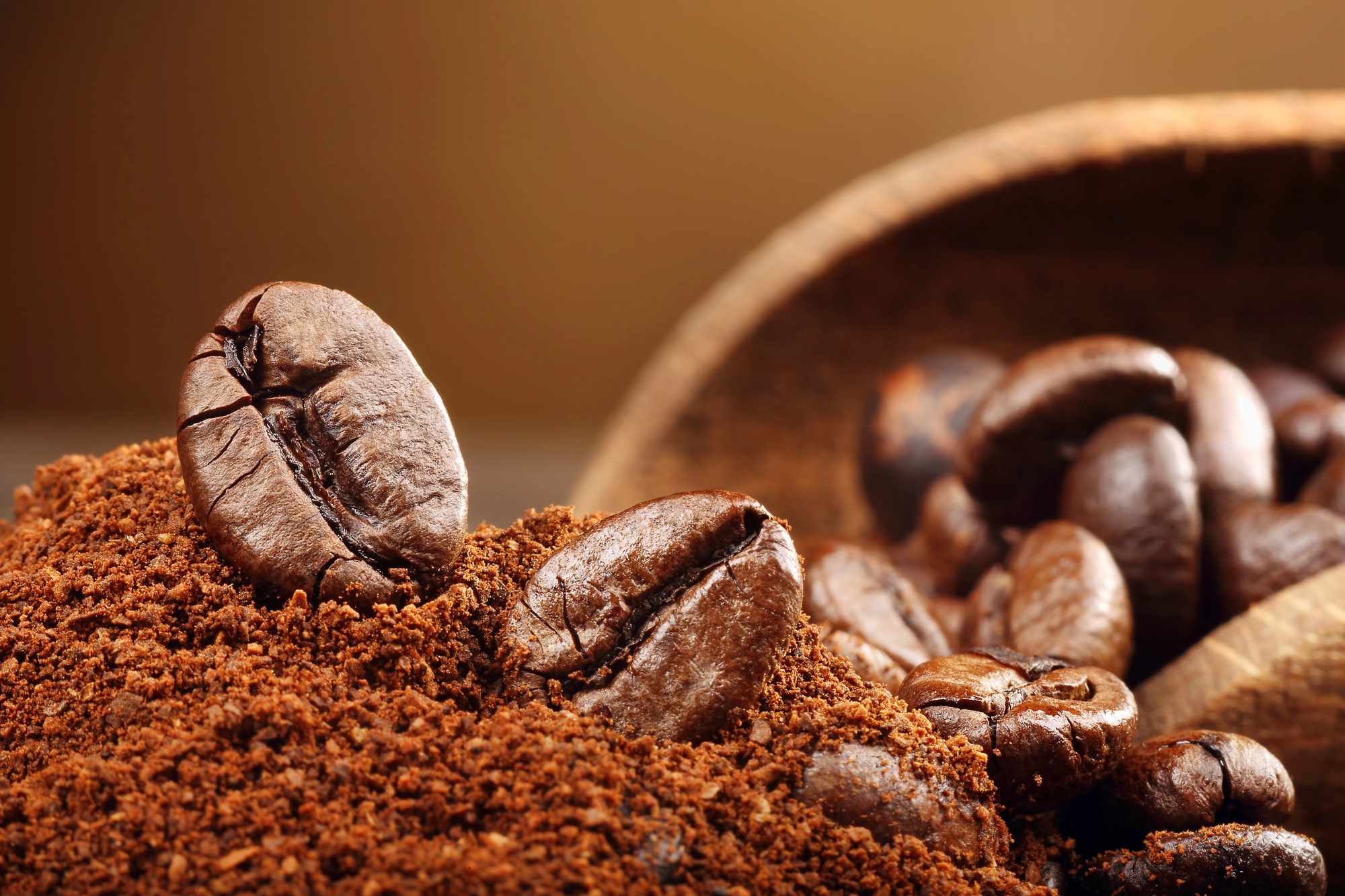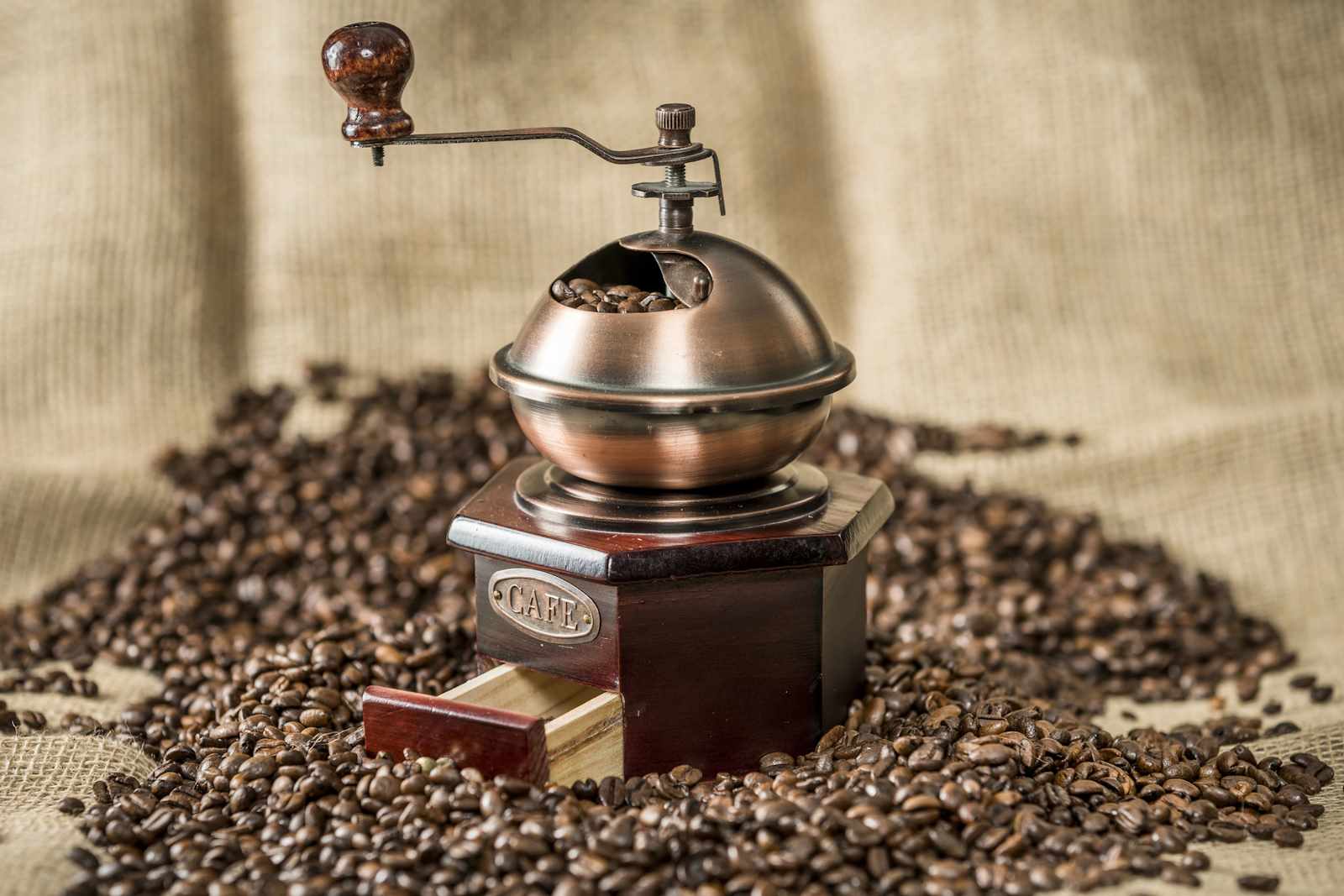
Coffee Brewing Techniques: A Complete Guide
Coffee brewing techniques are an essential part of the coffee-making process. With so many methods to choose from, it can be overwhelming for coffee lovers to decide which one is best for them. In this article, we'll delve into the world of coffee brewing techniques, exploring the different methods, their pros and cons, and helping you decide which one suits your taste buds the best.
Key Takeaways
- There are several coffee brewing techniques to choose from, each with its unique characteristics.
- Drip brewing is the most popular method, but French press and pour-over are gaining popularity.
- The type of coffee beans and roast level can greatly impact the flavor of your coffee.
- Experimenting with different brewing techniques can help you find your perfect cup of coffee.
Types of Coffee Brewing Techniques
| Brewing Method | Description | Pros | Cons |
|---|---|---|---|
| Drip Brewing | This method involves pouring water over ground coffee beans in a filter. | Easy to use, fast, and affordable. | Can result in a bitter taste, and the paper filter absorbs some of the coffee's natural oils. |
| French Press | This method involves steeping coarse coffee grounds in hot water and then pressing the grounds to the bottom of the container. | Rich and full-bodied flavor, and easy to clean. | Can be messy, and the coffee grounds can be difficult to separate from the liquid. |
| Pour-over | This method involves slowly pouring hot water over ground coffee beans in a filter. | Allows for a high degree of control over the brewing process, and a clean flavor. | Can be time-consuming, and requires a pour-over dripper. |
| Espresso | This method involves forcing pressurized hot water through finely ground coffee beans. | Rich and concentrated flavor, and a thick crema. | Requires a specialized machine, and can be expensive. |
| Cold Brew | This method involves steeping coarse coffee grounds in cold water for an extended period. | Smooth and low-acidity flavor, and easy to make. | Can be time-consuming, and requires a large amount of coffee grounds. |
The Importance of Coffee Beans and Roast Level
The type of coffee beans and roast level you choose can greatly impact the flavor of your coffee. Arabica beans are known for their mild and nuanced flavor, while Robusta beans are bolder and more bitter. Lighter roasts have a more acidic flavor, while darker roasts have a richer and more full-bodied flavor.

Experimenting with Different Brewing Techniques
Experimenting with different brewing techniques can help you find your perfect cup of coffee. Try different methods, coffee beans, and roast levels to find what works best for you. You can also experiment with different ratios of coffee to water, and brewing times to find your ideal flavor.
Beginners Section
- Start with a simple brewing method like drip brewing or French press.
- Experiment with different coffee beans and roast levels to find your favorite flavor.
- Don't be afraid to try new brewing techniques and methods.
Conclusion
Coffee brewing techniques are an art that requires patience, practice, and experimentation. By understanding the different methods, and the importance of coffee beans and roast level, you can create your perfect cup of coffee. Remember to experiment and try new things, and don't be afraid to try different brewing techniques.

Looking for the perfect coffee maker to go with your new brewing technique? Check out our coffee makers page for a wide selection of options.

Need a coffee grinder to go with your new brewing technique? Check out our coffee grinders page for a wide selection of options.
Want to learn more about coffee beans and roast levels? Check out our coffee beans page for a wide selection of options.
Looking for coffee filters to go with your new brewing technique? Check out our coffee filters page for a wide selection of options.
Pros
- Allows for a high degree of control over the brewing process.
- Can produce a wide range of flavors and aromas.
- Can be a fun and rewarding hobby.
Cons
- Can be overwhelming for beginners.
- Requires a lot of experimentation and trial and error.
- Can be time-consuming.








